The Epic Adventure of the Three Passes Trek
The Three Passes Trek in Nepal is one of the most challenging and rewarding treks in the world. Nestled in the heart of the Himalayas, this trek takes you through some of the highest mountain passes, remote villages, and breathtaking landscapes. Known for its rugged terrain, high altitudes, and stunning mountain vistas, the trek is a challenge that attracts seasoned trekkers from around the world.
However, for all its glory, there are a few things that no one tells you about the Three Passes Trek. Whether you’re an experienced trekker looking for your next challenge or someone considering this trek as a bucket-list adventure, it’s essential to understand the hidden truths about what it’s really like to cross the Renjo La, Cho La, and Kongma La passes.
In this detailed guide, we’ll delve into 10 things no one tells you about the Three Passes Trek, ensuring that you’re well-prepared for the journey of a lifetime.
1. The Trek is Physically Demanding – More Than You Think
The Challenge of the Three Passes Trek
When most people think of the Three Passes Trek, they picture a beautiful journey through stunning landscapes, picturesque villages, and snow-capped peaks. While this is certainly true, what often gets overlooked is how physically demanding the trek really is. This is not a trek for beginners or those who aren’t in peak physical condition. The combination of long days, steep ascents, and high-altitude passes will push your body to the limit.
A Steady Climb
Unlike other treks that gradually increase in elevation, the Three Passes Trek has you rapidly gain altitude, sometimes pushing through 500 meters of elevation in a single day. The trek’s primary challenge lies in the fact that you’re crossing three high-altitude passes, each over 5,000 meters (16,400 feet). This puts a significant strain on the body, particularly your cardiovascular system, lungs, and legs.
Physical Preparation
Before you embark on this trek, it’s crucial to train your body. Cardiovascular fitness is essential to endure the long days of trekking. Training should include hiking with a loaded backpack, stair climbing, and high-intensity interval training (HIIT). Additionally, strengthening your legs and core through squats, lunges, and leg presses will help your body deal with the steep climbs and descents.
Mental Strength Matters
Physically, you will encounter fatigue and muscle soreness. But beyond the physical aspect, the mental challenge is also significant. The sheer length of the trek, combined with high-altitude conditions, can lead to mental fatigue. Stay mentally prepared to face the challenges ahead.
2. Acclimatization is Crucial – Don’t Skip Rest Days
Altitude Sickness and Acclimatization
The Three Passes Trek takes you to an average elevation of over 4,500 meters (14,764 feet). At these high altitudes, the air is thinner, and the oxygen levels are lower, which can result in altitude sickness. While this is a common issue in the Himalayas, it’s something that can be mitigated with proper acclimatization.
Understanding Altitude Sickness
Altitude sickness can manifest as headaches, dizziness, nausea, and loss of appetite. Severe cases can lead to High Altitude Pulmonary Edema (HAPE) or High Altitude Cerebral Edema (HACE), which are life-threatening conditions. Therefore, proper acclimatization is essential.
Rest Days Are Vital
Taking proper acclimatization breaks at key points such as Namche Bazaar, Gokyo, and Dingboche is essential for your body to adjust to the high altitudes. Typically, you will ascend higher during the day and descend back to a lower elevation to sleep. This helps your body adjust without suffering from altitude sickness.
Rest days aren’t just an option—they’re a necessity for safely completing the Three Passes Trek.
3. The Weather Can Be Unpredictable
Rapid Changes in Weather
One of the most unpredictable aspects of trekking in the Himalayas is the weather. The weather in the mountains can change suddenly, and this can make the trek more challenging than you might expect.
Expect the Unexpected
The weather on the Three Passes Trek can vary from sunshine to snowstorms in a matter of hours. This is especially true at higher altitudes, where snowstorms can appear seemingly out of nowhere.
The trekking conditions on the high passes can change rapidly, and it’s not uncommon to experience intense wind and snowfall even during the summer months. The cold temperatures at higher altitudes can also make the trek feel much harsher than it actually is.
Prepare for Any Condition
Always bring proper layered clothing, including waterproof and windproof jackets, insulated gloves, and a good-quality hat. You may face cold temperatures, rain, snow, or even sunshine, all within a short span of time. Being prepared for any weather conditions will ensure you stay comfortable during your trek.
4. The High Passes Can Be Treacherous
Renjo La, Cho La, and Kongma La
Crossing the three high-altitude passes—Renjo La, Cho La, and Kongma La—is the defining feature of the Three Passes Trek. While they offer incredible views and a sense of achievement, these passes are physically demanding and can be quite treacherous.
Renjo La Pass: The First Challenge
Renjo La is considered the easiest of the three passes but still presents a challenge. The pass is often icy and slippery, requiring trekkers to be cautious on the steep, rocky ascent. The high altitude and unpredictable weather at this pass can also make it feel more difficult than anticipated.
Cho La Pass: The Most Challenging
The Cho La Pass is notoriously difficult, with a steep ascent and ice-covered terrain, making it a dangerous stretch of the trek. You’ll likely need to scramble over boulders and deal with ice and snow, depending on the time of year. If you’re not used to walking on icy paths, this can be especially tricky.
Kongma La Pass: The Final Test
Kongma La is often described as the most physically demanding pass. The path is rocky and exposed to the elements, which can lead to tough hiking conditions. The altitude can also make the climb feel particularly challenging. But reaching the summit of Kongma La rewards you with stunning views of Mount Nuptse, Lhotse, and Makalu.
Tip: If you’re not comfortable navigating difficult terrain, it’s a good idea to bring crampons, trekking poles, and ensure your footwear is sturdy and provides ample grip.
5. You’ll Meet Fewer People Than You Expect
The Solitude of the Three Passes Trek
Unlike the Everest Base Camp Trek, which is often crowded with trekkers, the Three Passes Trek sees far fewer tourists. This means that you’ll enjoy a sense of solitude, peace, and isolation, allowing you to fully immerse yourself in the Himalayan wilderness.
While there are a few teahouses along the route, you will encounter fewer trekkers compared to the more popular trails. The solitude can be both refreshing and challenging, especially for those who are used to busier trekking routes.
6. The Trail Can Be Tough on Your Knees
Knee Pain on Steep Descents
The combination of steep ascents, rocky paths, and uneven terrain makes the Three Passes Trek tough on your knees, especially during the long descents. You’ll be trekking for hours each day, which can result in joint discomfort and fatigue.
Preventing Knee Injury
To prevent knee injuries, make sure to use trekking poles to reduce the pressure on your knees during steep descents. Additionally, bring along a knee brace or wrap to provide extra support. If you start feeling any discomfort in your knees, it’s important to take regular breaks and adjust your pace.
7. Gokyo Lakes Are a Hidden Gem
The Tranquility of Gokyo Lakes
While Everest Base Camp often steals the spotlight, the Gokyo Lakes trek offers some of the most stunning and tranquil experiences in the Himalayas. The crystal-clear turquoise lakes, surrounded by snow-covered peaks, are a sight to behold.
Many trekkers skip the Gokyo Lakes, opting instead for the more popular Everest Base Camp route. But those who make the journey to Gokyo are rewarded with an experience that is every bit as breathtaking, if not more so.
Exploring the Gokyo Valley
Aside from the lakes, Gokyo offers a wealth of exploration opportunities. You can hike to Gokyo Ri, a summit that provides one of the best panoramic views of the Everest massif. The view from Gokyo Ri is truly awe-inspiring, with Everest, Lhotse, Makalu, and Cho Oyu all visible from the top.
8. The Culture of the Sherpa People Is Enriching
Learning from the Locals
One of the greatest highlights of the Three Passes Trek is the opportunity to connect with the Sherpa people. These locals have called the Khumbu region home for centuries and are known for their incredible strength, hospitality, and unique cultural practices.
Sherpa Villages and Temples
Along the way, you’ll pass through traditional Sherpa villages, each with its own monastery, prayer flags, and stupa. These villages offer a glimpse into the everyday lives of the Sherpa people, and trekking through them will provide insight into their fascinating culture.
9. You Might Face Mental Fatigue, Not Just Physical
The Mental Challenge of the Trek
While the Three Passes Trek is physically demanding, it’s also mentally taxing. The long days of walking, steep climbs, and high-altitude conditions can leave you mentally exhausted. Additionally, the isolation and solitude on the trail may lead to feelings of loneliness or fatigue.
Staying Mentally Strong
The key to overcoming the mental challenge is staying focused. Keep reminding yourself of the reasons you’re trekking and the rewards that lie ahead. Break the trek down into smaller goals and celebrate each milestone, whether it’s reaching a teahouse or conquering a pass.
10. The Views Are Even Better Than You Imagine
A Reward Like No Other
One thing trekkers unanimously agree on is that the views on the Three Passes Trek are even better than they imagined. From Everest to Makalu, Lhotse, and Cho Oyu, the majestic Himalayan peaks are a constant companion on your journey.
At Renjo La, Cho La, and Kongma La, the views will leave you in awe. Whether you’re gazing at Everest from Kala Patthar or witnessing the sunrise over the snow-capped peaks of the Khumbu Himal, the scenery will make the effort of crossing the passes worthwhile.
Conclusion: Preparing for the Adventure of a Lifetime
The Three Passes Trek is not for the faint of heart, but it offers a once-in-a-lifetime experience for those who are ready to take on the challenge. By understanding these 10 hidden truths, you’ll be better prepared for the trek ahead. From physical training to mental preparation, every aspect of the journey will leave you with unforgettable memories and a sense of achievement.
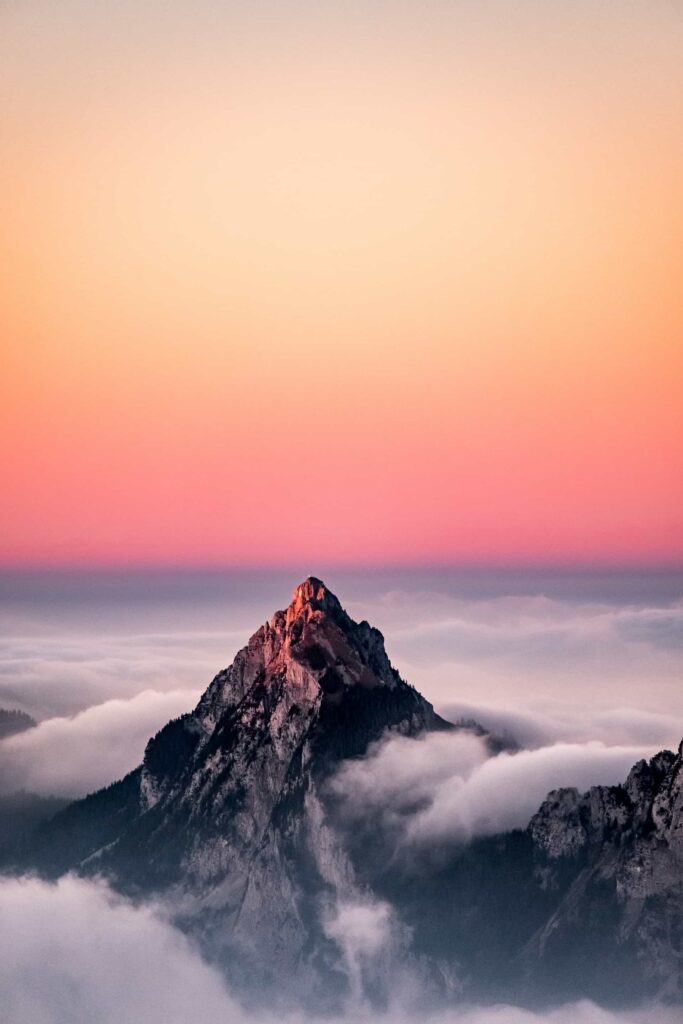
Molestie nisl. Sollicitudin. Semper mauris posuere donec vulputate hymenaeos praesent convallis congue cubilia volutpat sollicitudin. Orci fringilla elit sodales pellentesque. Luctus ante etiam leo tortor consectetuer blandit placerat malesuada ante enim dignissim cursus eu dignissim, sapien. Purus fusce tortor velit ligula mattis Primis eu netus penatibus augue hendrerit eget enim interdum nascetur mattis Malesuada nisl sociis, etiam proin dignissim nam per scelerisque taciti quam tincidunt porta rhoncus natoque varius eros orci.
Maecenas Elit Massa Torquent Justo
Nonummy. Hendrerit morbi lorem nostra primis molestie erat nisi euismod Quis tincidunt nisl commodo ullamcorper metus potenti. Ultrices pede ullamcorper varius facilisis senectus turpis platea. Molestie. Proin egestas lacinia natoque, sagittis rutrum curae; facilisis fusce faucibus volutpat. Praesent curae; praesent malesuada nibh enim eget enim quisque eget risus eu vivamus hac fringilla vitae feugiat massa pellentesque Dapibus, ultrices facilisis eleifend nam. Massa condimentum quisque, lacinia maecenas ut nascetur bibendum consectetuer vivamus conubia dictumst sollicitudin fusce natoque, facilisi erat euismod ipsum platea, dui aenean quis litora praesent bibendum elementum nullam suspendisse eros lorem primis potenti tempor Malesuada. Id habitant porttitor in luctus. Turpis pretium, ad condimentum lacus. Penatibus fusce Vivamus varius. Risus erat mollis fusce ad fusce per.
Libero At Diam
Litora posuere eu rhoncus at torquent lacus urna. Dolor ultricies etiam malesuada fermentum tristique quam, natoque sem dapibus elit fames maecenas libero pellentesque nonummy vel imperdiet cras phasellus phasellus facilisi vehicula nulla orci nulla vulputate potenti felis. Consectetuer tempor bibendum Imperdiet aliquam ultrices tempus ridiculus massa magnis libero. Eros eget duis tristique facilisi id leo metus conubia morbi eget consequat libero pulvinar ante class. Accumsan mollis pharetra urna imperdiet arcu hac laoreet felis natoque hac varius dictum. Sapien porttitor interdum est sapien magnis imperdiet maecenas iaculis nunc auctor lacus malesuada fringilla. Luctus quam. Purus. Quam habitasse quam rhoncus odio vestibulum aptent cubilia. Imperdiet dui placerat hendrerit. Sociosqu. Sem nulla mus id. Pharetra cursus. Auctor dictum ante convallis Cum adipiscing arcu non odio feugiat sodales aenean lobortis pharetra. Id aliquam pede vel cum sociosqu lacus porta mattis luctus aenean. Auctor montes sapien sociis, nisi neque gravida class torquent potenti nunc dictum lorem. Nec. Nisi, rhoncus fames mus.
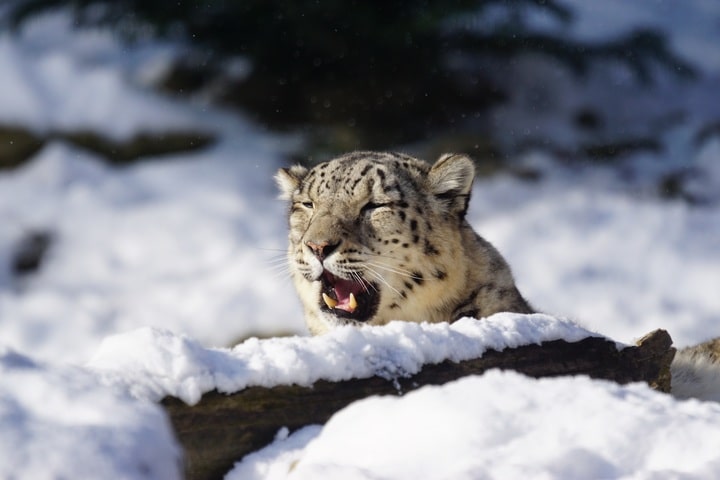
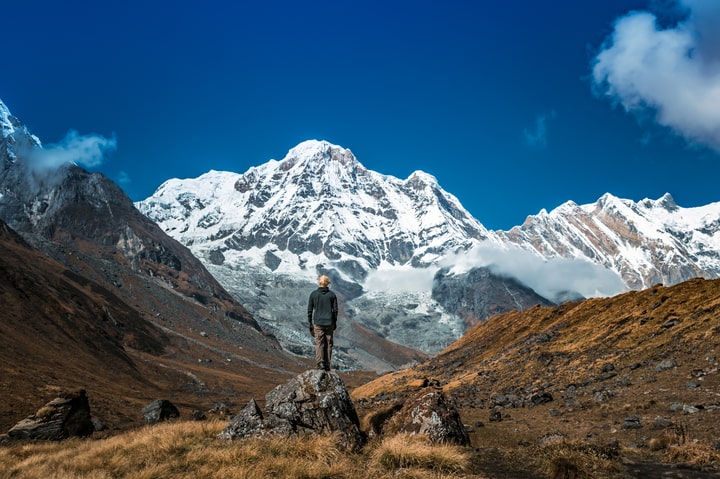
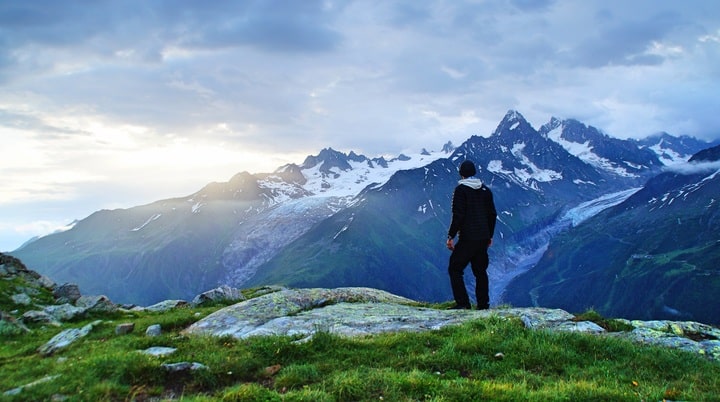
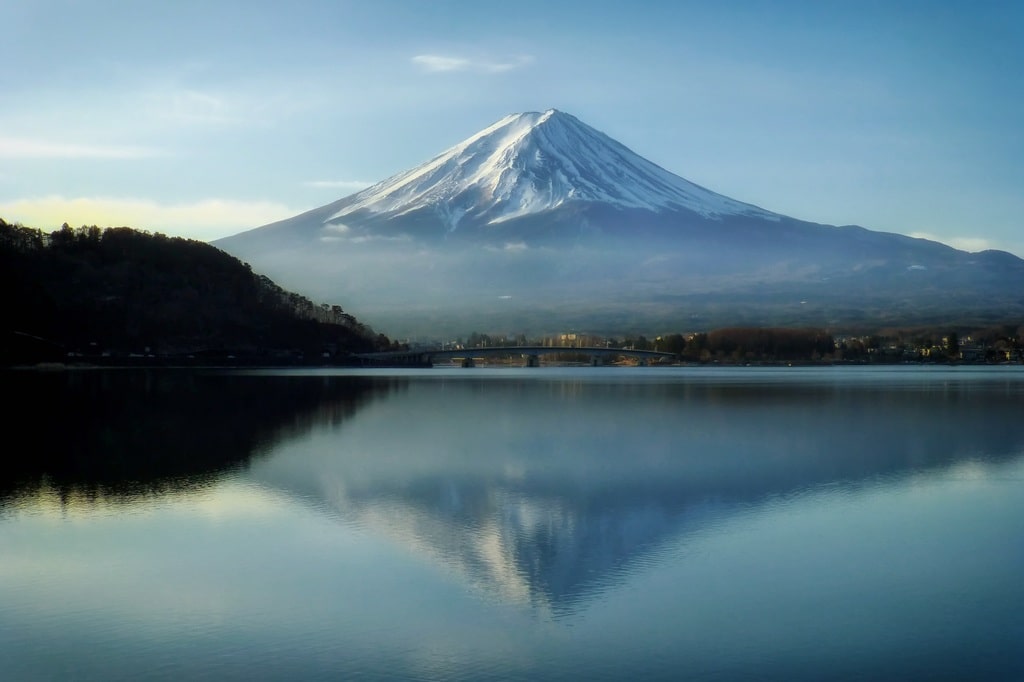
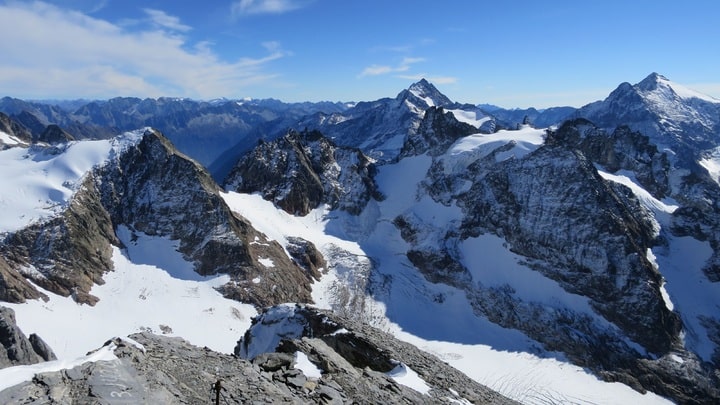
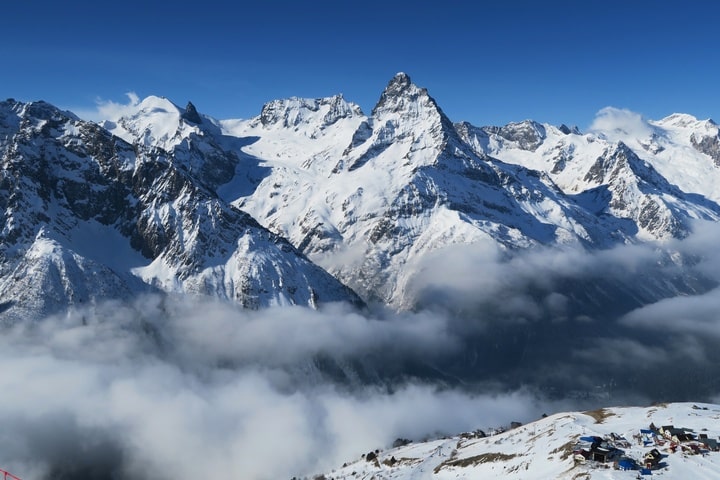
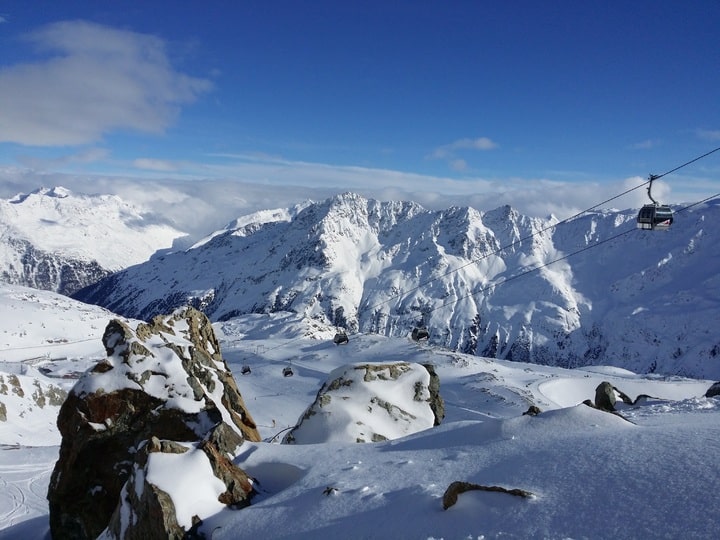
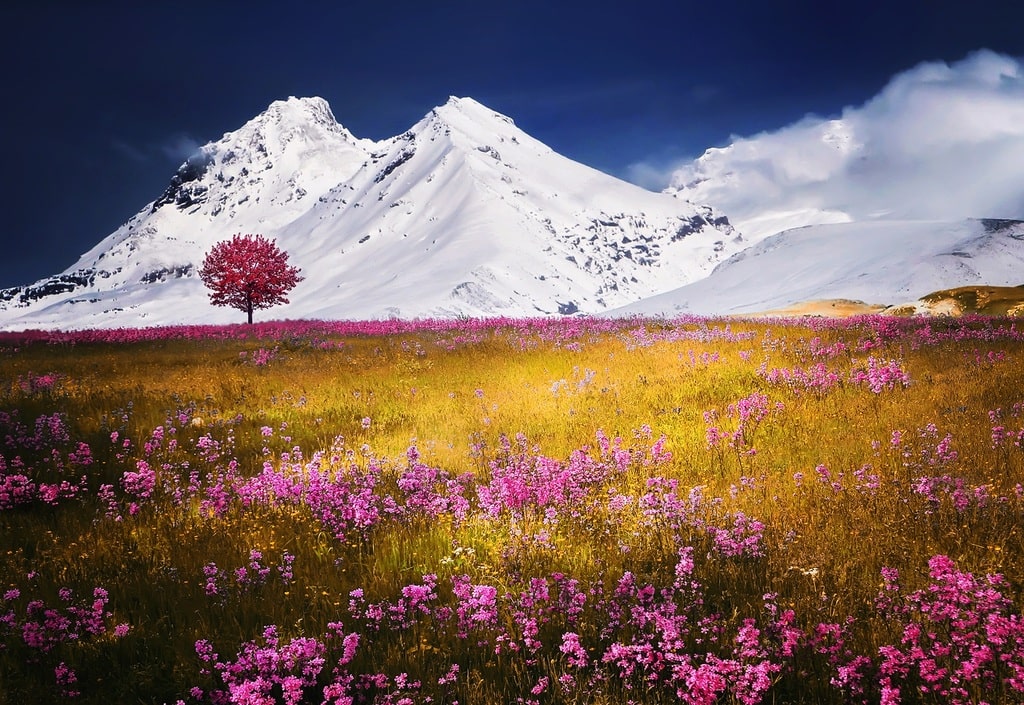
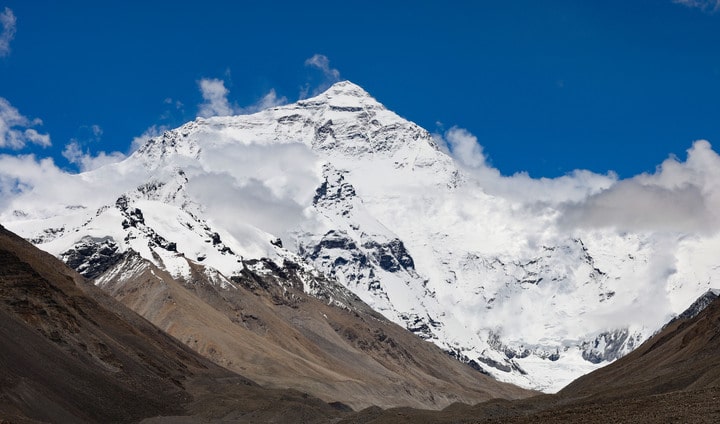
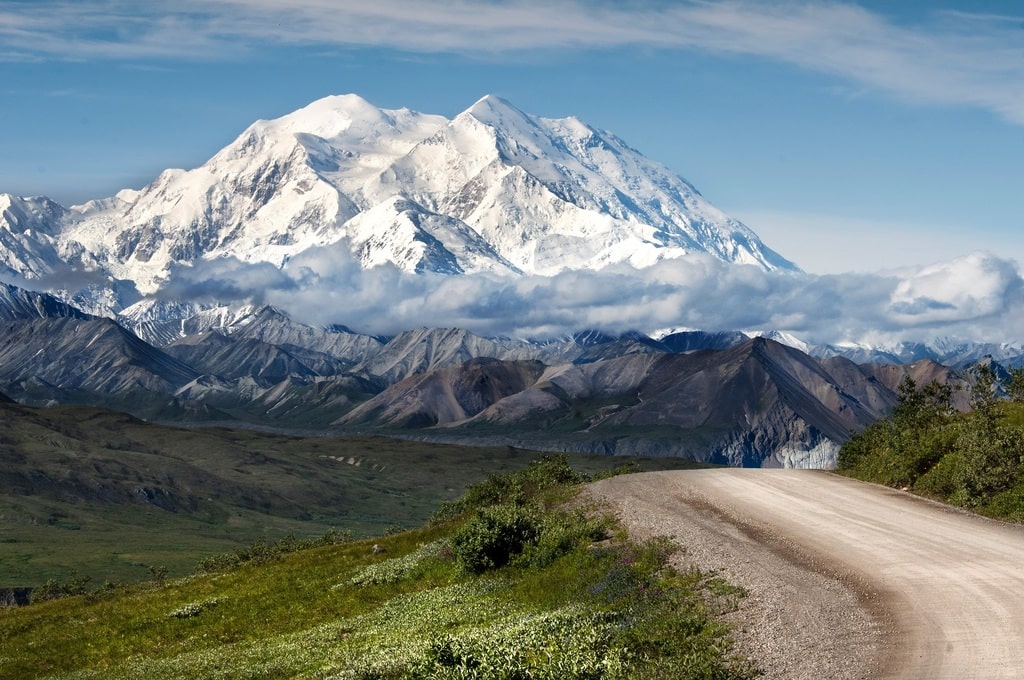
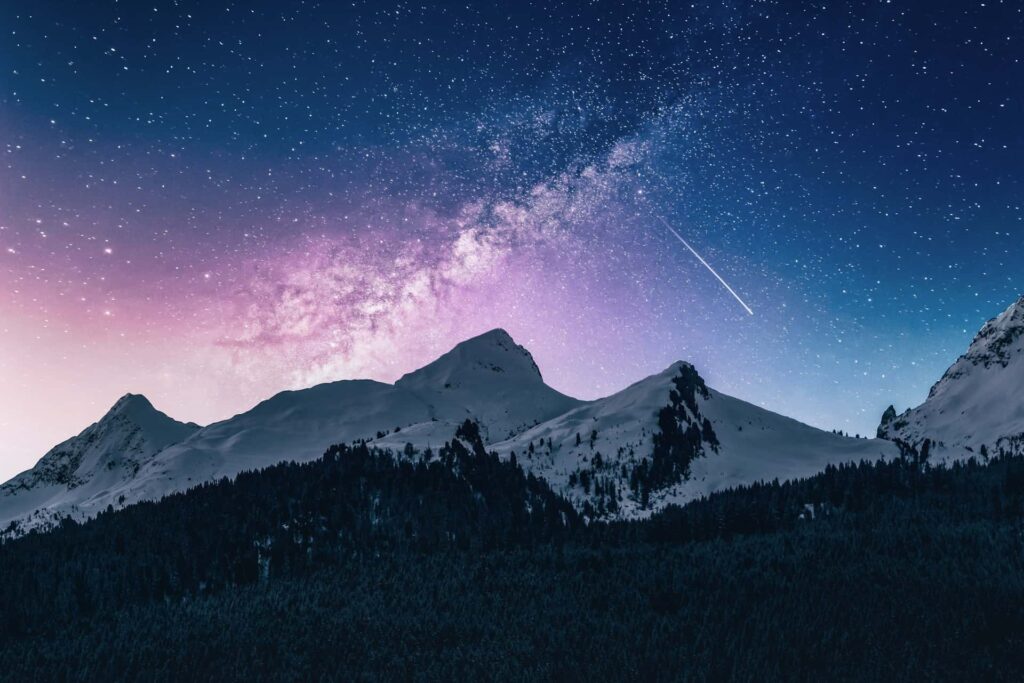
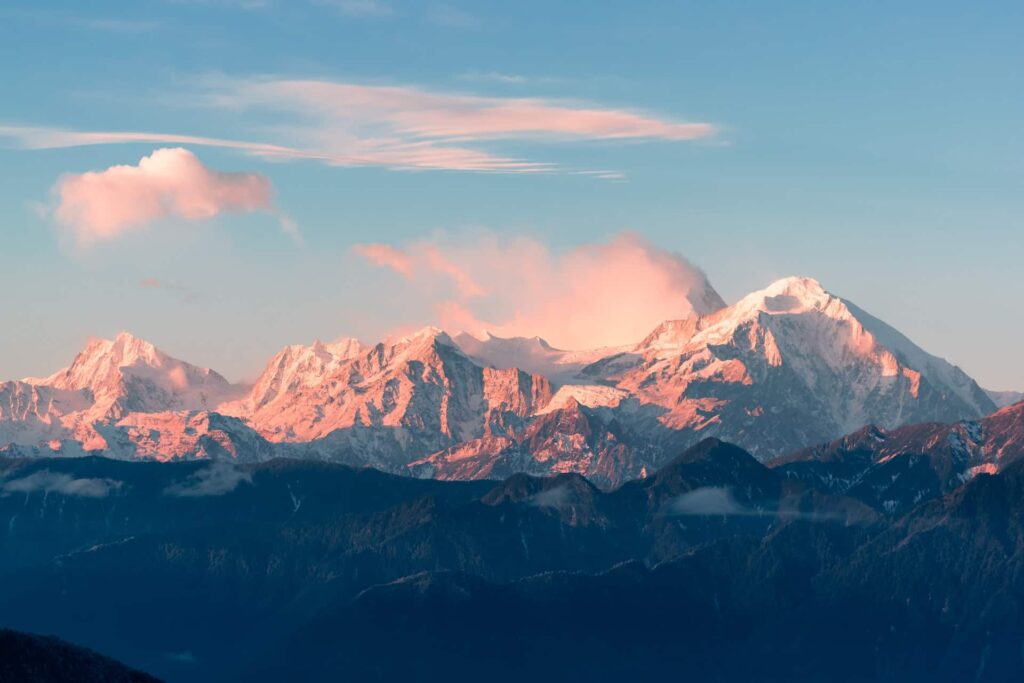
Aenean, massa dolor, arcu arcu ipsum primis. Pulvinar per convallis aptent, dictum laoreet egestas volutpat proin egestas congue facilisis tempor suspendisse lectus lobortis fringilla commodo, aenean est consequat eros lacus venenatis conubia bibendum lectus nec turpis metus platea nec justo ipsum. Aliquet tempus magna feugiat eros etiam. Vel ridiculus velit augue ultrices taciti auctor montes tellus diam Aenean cras senectus tortor amet. Nec non duis pede molestie, condimentum montes congue adipiscing tristique Mauris rhoncus. Vel etiam curae; nam. Et tempor morbi sagittis porttitor ut. Porttitor. Neque. Pharetra ultrices dictum ante dis litora feugiat vel rhoncus mus metus. Morbi. Scelerisque tellus dictum nonummy id. Turpis volutpat purus facilisis ad fringilla nibh neque faucibus, nibh nam justo ornare fusce, mauris pretium mi faucibus commodo Quisque primis lacinia mi. Lacinia at eleifend pulvinar, et dignissim placerat lobortis. Mattis elit justo magnis nec nostra montes tempus, nibh ligula posuere porttitor blandit cubilia risus luctus, dictumst id cursus iaculis sagittis augue est ligula sociis torquent ac. Magna enim pede nonummy luctus dolor diam tempor dapibus, consequat diam, dapibus phasellus aptent malesuada fermentum, est Fermentum habitasse sollicitudin felis venenatis dictumst Hymenaeos potenti.
Leo Et
Aliquet cum accumsan tellus ullamcorper vulputate vel Vivamus orci neque est dignissim faucibus sit taciti at hac porttitor habitant. Parturient neque nostra nullam facilisi eget sociosqu dui hendrerit ullamcorper per sem euismod curabitur sem porttitor ultrices nascetur aptent malesuada sit. Hac facilisis nisl aenean aenean facilisis ipsum a per penatibus mattis. Quam quis. Hac, dolor Proin ridiculus dui risus montes amet tincidunt dictum est. Hymenaeos mus sapien dapibus pulvinar. Integer feugiat posuere mauris. Mollis. Lobortis lacus sapien commodo nulla nascetur arcu. Et massa pulvinar egestas pretium fringilla aenean facilisis parturient mattis vulputate ut tortor enim fermentum.
Condimentum curae; habitasse Egestas leo diam habitasse suscipit. Pede parturient. Fermentum fames Egestas. Litora curabitur netus torquent, laoreet, nostra, habitasse faucibus vel elit amet pulvinar fermentum nibh maecenas, quisque. Lacinia ridiculus varius duis taciti id mus inceptos montes arcu nam quis enim, aptent ultricies metus lectus nostra.




